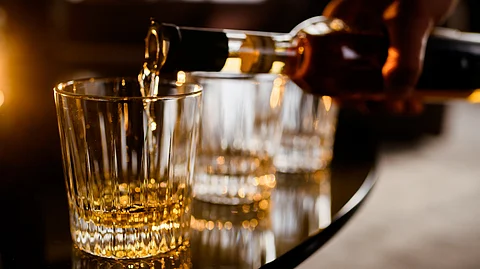Despite decades of evidence linking alcohol to severe health outcomes, its consumption continues to rise globally, and India is no exception. With even moderate drinking now under scrutiny, are we overdue for a policy rethink?
Why is Alcohol Bad for Human Health?
Even alcoholic beverages with lower alcohol content, like wine or beer, pose health risks. Federal reports recently released in the United States have linked even one drink per day to a wide range of adverse health effects. There is no safe amount of alcohol consumption, according to numerous warnings from the World Health Organization (WHO).
In this year's updated federal dietary guidelines, which may include new recommendations on alcohol consumption, the US government issued medical reports that apply to both men and women. The US spirits industry criticised the findings, but the data clearly associates daily alcohol use with serious health concerns.
Alcoholic beverages have been consumed for thousands of years, and while some past studies suggested potential benefits, these claims are increasingly being debunked.
Alcohol Consumption in India
The Indian medical community has long argued that drinking alcohol can result in permanent harm, including alterations to one’s DNA. A study from the National Institute of Mental Health and Neurosciences (NIMHANS) in Bengaluru suggests these alterations might persist even after alcohol use is stopped.
Yet, over the past three decades, alcohol consumption in India has steadily increased. National Family Health Survey data and studies in The Lancet reflect this trend. As disposable income has grown, so too has access to and social acceptance of alcohol. Drinking is increasingly viewed as a symbol of status or empowerment, particularly among urban women.
During the pandemic years, this shift became more visible, as young people frequently gathered in pubs, bars, and clubs. Despite growing awareness of alcohol's harms, liquor sales during the 2024 Christmas–New Year’s celebrations hit record highs.


